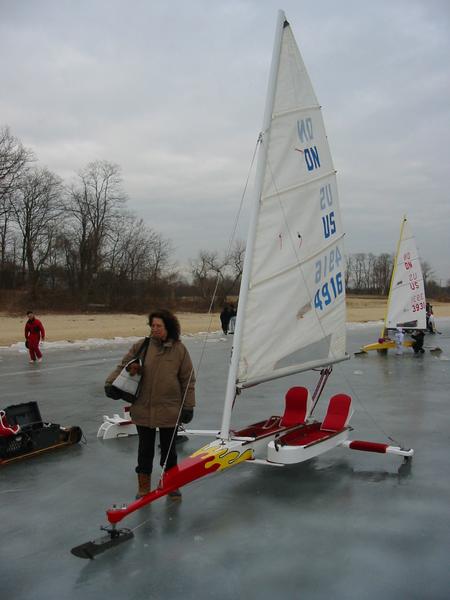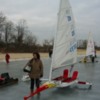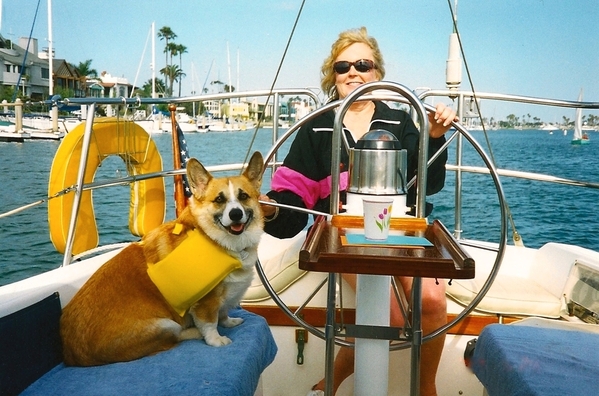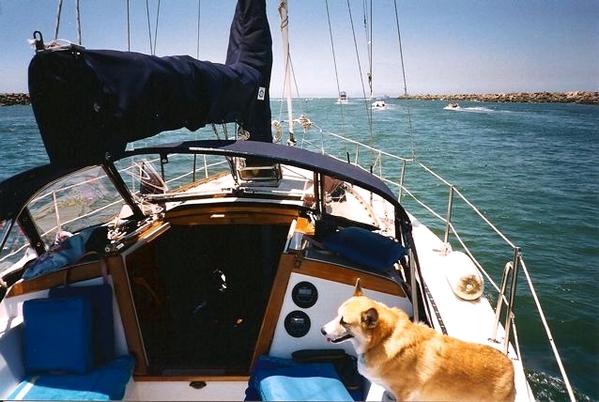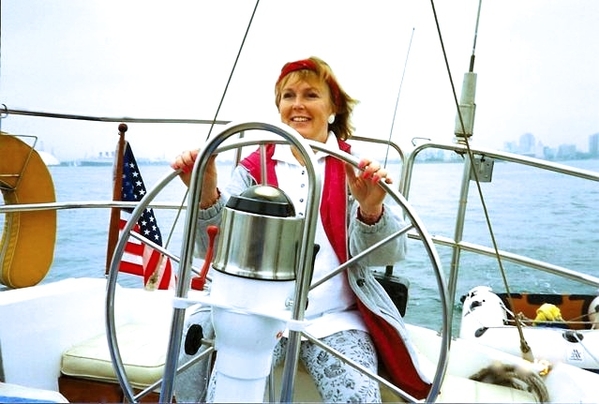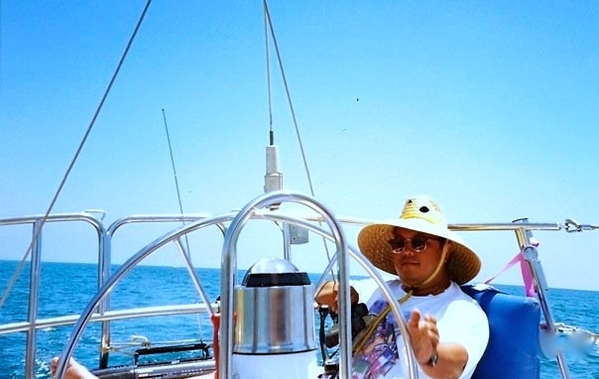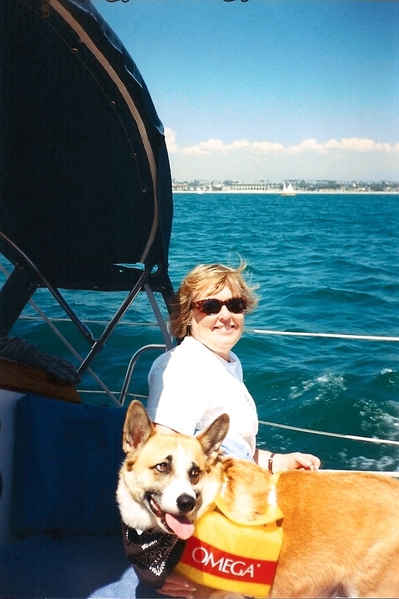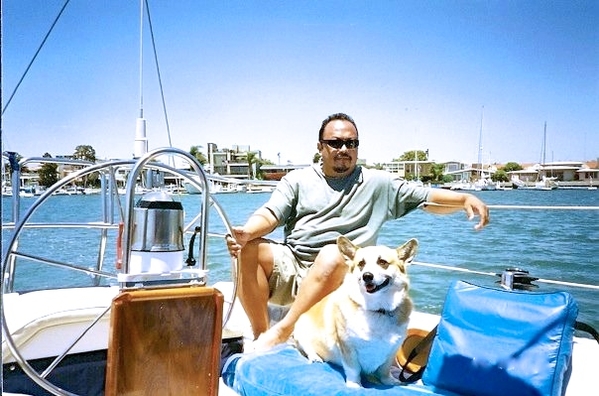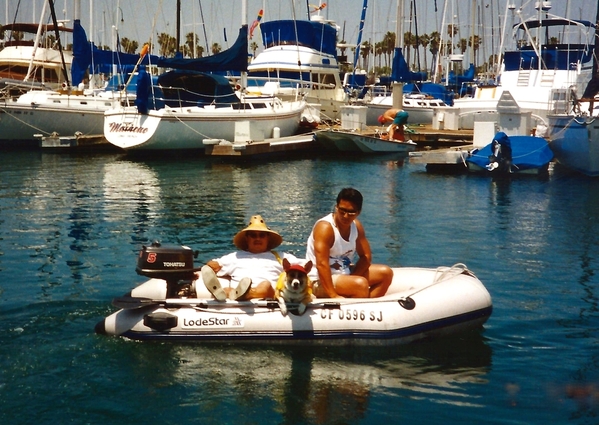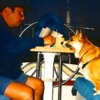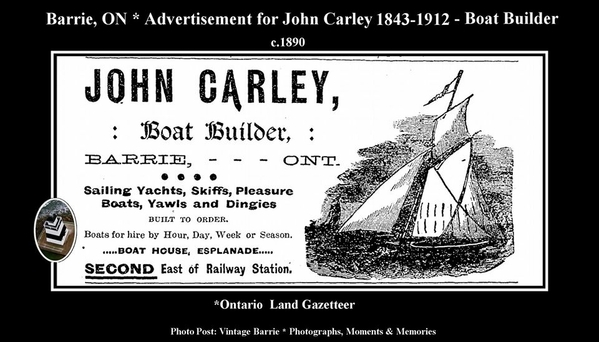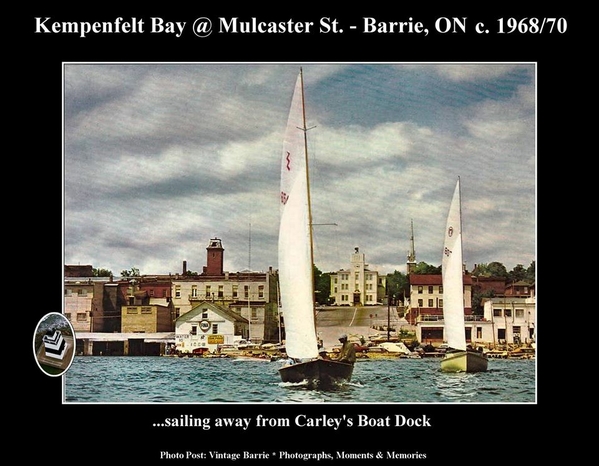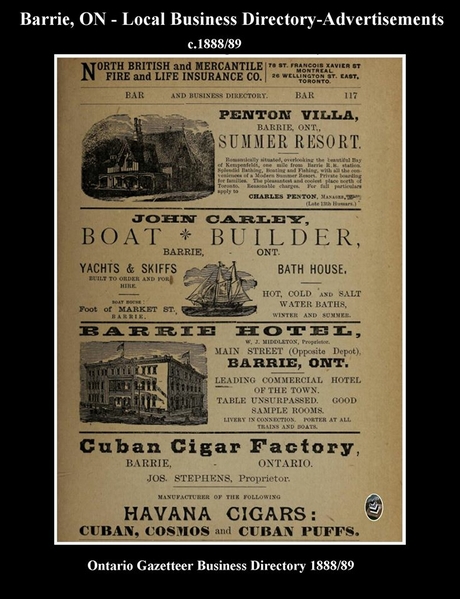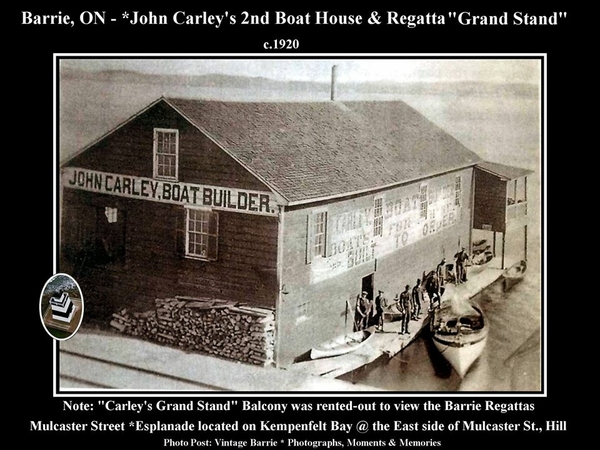There are several charter companies in Newport, Rhode Island, who will take you out on day charters on "retired" America's Cup 12 meter boats like the Nefertiti, Intrepid or the American Eagle II, so a few of us in Engineering would go out for a day of sailing and have a lot of fun. It's a surprising amount of work, especially for the grinders (the guys cranking the winches to trim the sails). That was when it was just us Engineering folks and we'd go out a couple of times each Summer. At about $50/person it was a cheap day of a lot of fun
Soon, the Field Service Engineering (FSE) guys who worked closely with us got in to the act and they started renting a day boat, too. Those days it was a lot of fun and there was a lot of beer involved and a nice dinner in Newport that evening. It was a blast.
Of course, you know what happened next - FSE "just happened" to rent a boat on the same day that Engineering went out and the next thing you know we're in the outer harbor yelling obscenities at each other across the water and the race was on. There are convenient course markers moored beyond the outer harbor because there's a lot of competitive racing going on all summer, even now. Those boats were "cruising" at 8 knots with an occasional spurt to 10+ knots when the wind is right for long enough for us to get everything set and then enjoy it for a few minutes til we tacked, and then mass chaos ensued for a minute or two with all elbows and butts til we got everything trimmed and steady again. It was a learning process for most of us.
But that wasn't good enough. We all started looking around at our colleagues and asking who had any real sailing experience (cuz we weren't going to win any races against FSE with the crew we had) so we found a great helmsman in the design group (Gil), an even greater tactician from Systems Partnering (Dana - I swear, that guy could read invisible air and notice if the sails were 1" out of trim, and he doubled as a mastman), a Navigator (Tuvia) from the software group, some weight-lifter Eng. types from the Power Systems group as grinders and another weightlifter as Pitman (the guy in the forward hatch who hauls sails out and back in to the hold as needed). Plus, two "Tailers" (one was me) - the guys trimming and swapping sails as needed and just being where-ever they were needed all the time.
Those were the biggies, but we also had a Bowman (Neil) standing up on the bow hauling the sails from/to the pitman and back to the mastman as needed as well as managing the spinnaker sail out front, but he needed wicked sticky boat shoes because he can't wear a safety line (we lost Neil, once, and had to come around to retrieve him - he was pissed) and so on. Eleven crew members if you really intended to win (including the charter Captain), and we weren't about to get beat by the Field Service guys.
With that level of crew, we could get up into the 12 knot range (not quite14 MPH) and let me tell you, in a 12 meter yacht with a stiff, steady, onshore wind, THAT is hauling ass! That's the only other time I've been in/on something that produced as big a SEG as a Speedster!
We raced against FSE and one other group (open systems Eng., with a crew of all women that was a take-no-prisoner, all business, winning crew) and I left Eng. in 1998 to semi-retire in Mah-kahting for a few years and then really retired. As an interesting aside, Kathy and I took a cruise to the Eastern Caribbean in the early 2000's and I got to sail the Intrepid again on a "shore excursion" in St. Thomas. She was wintering in warmer weather with the same charter company and base crew. That was a real treat.



